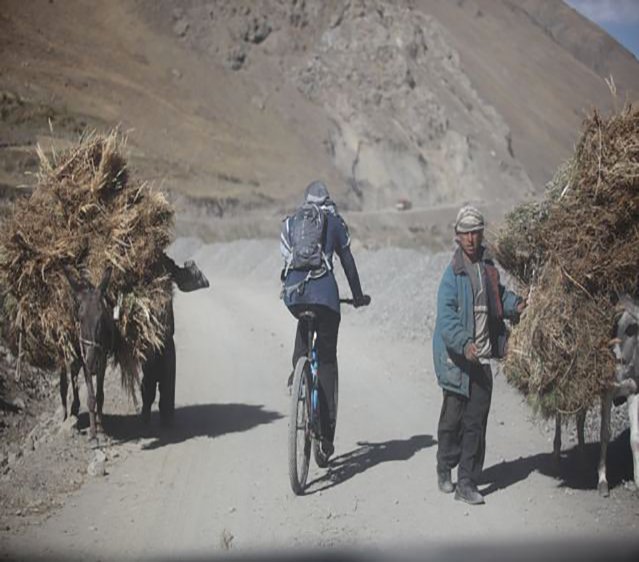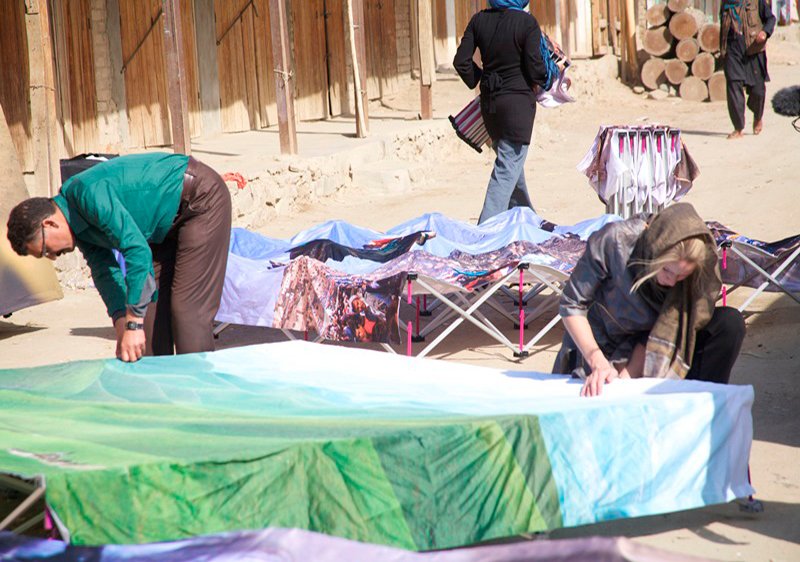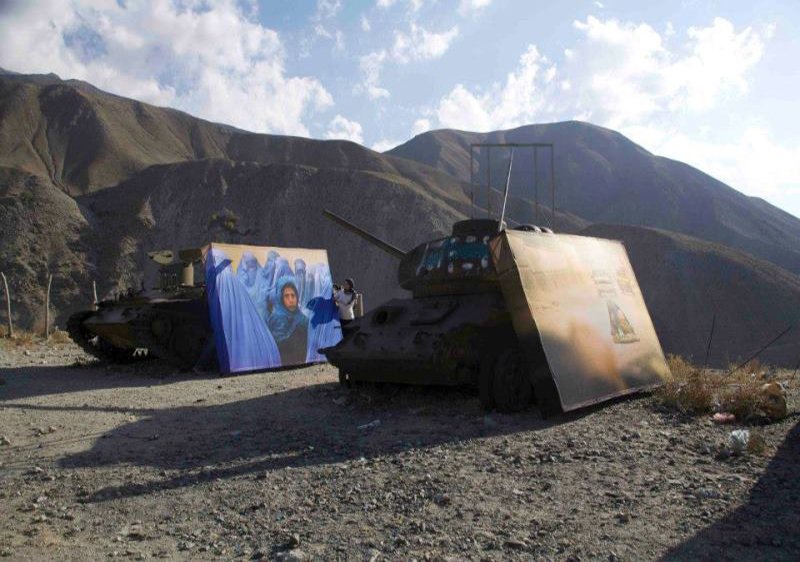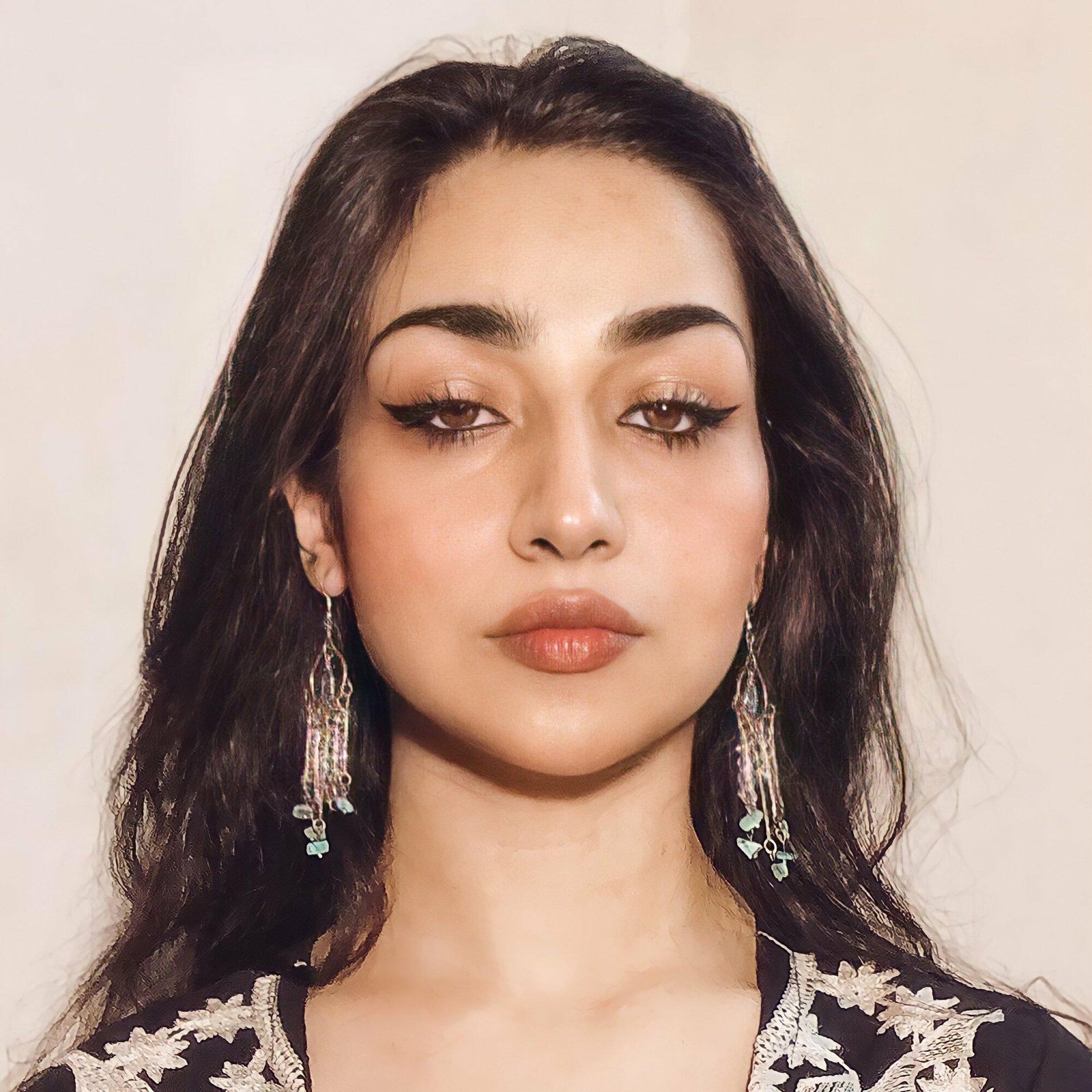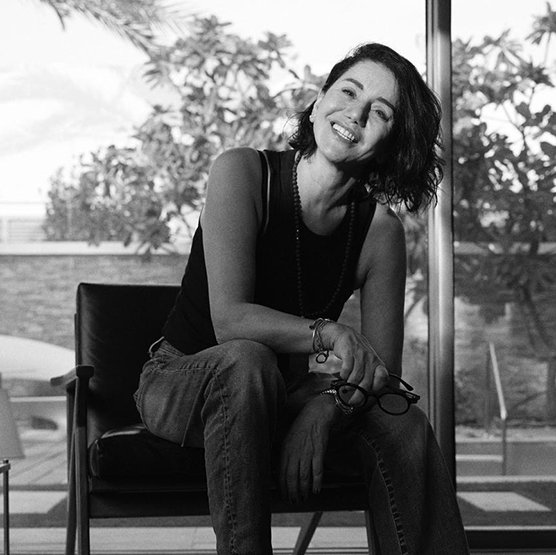Afghanistan –
With a determination of taking a stand against a world where women are attacked and harassed, Shannon set out to be a women’s rights activist in a place where freedom and rights are limited to text books. Emaho caught up with Shannon to discuss about her early-life transitions, life in Afghanistan, her nonprofit organizations and her recent efforts to cycle through the infamous Panjshir Valley as a part of fund-raising for her efforts in Afghanistan.
Emaho : The journey you started at the age of 17, and which eventually led you to Afghanistan, has been powerful and exalting. Would you like to share a little bit about it with us?
My journey is not a linear course. I just took each opportunity as it arose. As people are now aware, I was raped and nearly killed when I was studying to be a dancer in Minneapolis. I was determined not to be a victim. I didn’t want it to define me. I gave up dancing, moved to Europe, and studied to become a sports trainer and a Pilates instructor. I created sports therapy and injury prevention programs and lived in Europe for nearly 10 years. It wasn’t until my sister was raped at her college campus and I had my daughter that I was spurred into action. I couldn’t sit by and continue to live in a world where women were attacked, where my own sister was attacked, and where my daughter could be attacked. I needed to take a stand, and take action.

© Anna Brones
Emaho : You had a diverse academic background and work experience, ranging from modern dance, creative writing, being a trip guide and a master Pilates trainer, before becoming a social activist. Did these experiences contribute to your being a women’s rights activist in any way?
I think that my choices were somehow planted deep within me from an early age. I moved out at 17, moved to Europe when I was 19, and from the beginning I worked for myself. I developed the skills I felt I needed to do the work I was drawn to do, asked a lot of questions, got a lot of training, and never felt scared by what I didn’t know. That translates into my current career more than anything else: the ability to be creative and create something out of nothing. My work as a trip guide and Pilates trainer definitely contributed in specific ways by nurturing the adventurer and the athlete within me. This definitely contributed to my view of women and my desire to experience cultures like Afghanistan through the outdoors and interactions rather than just textbooks.

© Sarah Menzies
Emaho : Your non-profit organization, Mountain2Mountain, has been active since 2006, helping the women in Afghanistan have a better life. What made you choose Afghanistan as your base?
Afghanistan has repeatedly been ranked the worst place in the world to be a woman, and that, coupled with the lack of understanding of its history and culture in our US based media, made me want to launch our work there.

© Tony Di Zinno
Emaho : In 2008, Mountain2Mountain launched the photography exhibition project “Streets of Afghanistan”, which toured the U.S. as well as Afghanistan. What did you intend to accomplish through these exhibitions?
I wanted to show another perspective of Afghanistan to the West. Beyond the war, terrorism and the drugs, I wanted to highlight the beauty, the heartbreak, and the incredible culture in a way that would challenge stereotypes and perhaps inspire people into believing that change there was possible. More than a gallery show, I wanted to surround the viewer in the images, so we blew the images up 10×17 feet across, bigger than life-size in some cases, so that you felt like you were ‘in’ the image, not just a bystander. Then I wanted to bring the exhibition to Afghanistan and set it up as public street art, as a way to celebrate the beauty of Afghanistan – and the talent of the Afghan photographers – with the Afghans and the places where these images come from. Public art is a rarity there, and it was incredible to watch Afghans interact with the images at each exhibition.

© Tony Di Zinno
Emaho : Besides being a women’s rights activist, you always had your own knack for adventure. You drove around a motorcycle in Kabul, where it is considered taboo for women to do so. How do you relate your passion for adventure with activism?
I think it’s about breaking barriers, and experiencing life. Adventure is about exploration, pushing boundaries, and challenging your limits. Activism to me is the same thing – it’s about challenging the status quo. It’s about questioning gender barriers and stereotypes that oppress women and limit human rights, and challenging the limitations that hinder growth, change, and development. The irony is that through my so-called adventures, I had some of my most honest interactions with Afghans.

© Tony Di Zinno
Emaho : In 2010, you attempted to ride across Panjshir Valley, and planned to pedal all the way to the Anjuman Summit, at a height of 14000 ft. Tell us more about that trip.
The trip was a real turning point for me, the first true exploration/adventure I had undertaken. I’m still not sure I have deeper words. Two days of hard riding on my single speed bike through some of the most beautiful mountain country I’ve seen. I crossed the entire Panjshir Valley, but was unable to attempt the summit. Near the start of the climb to the pass, a local herder told us that there were Nooristani gunrunners near the pass, thereby ending my attempt to reach the summit. We were hours past the last village and would have had to summit in the dark or spend the night in the car, neither of which are good ideas in remote Afghanistan.

© Travis Beard
Emaho : What was your best moment in the tour? And worst?
Best – riding alongside men and boys and discussing their life, their families, and sharing a lot of laughs.
Worst – not seeing any girls and women on the streets, and knowing that they couldn’t ride a bike, that it was not allowed, even in a province as safe as Panjshir.

© Travis Beard
Emaho : Your efforts to pedal through the Panjshir Valley were part adventure, part peace mission and part fund-raiser. To what extent have you succeeded in your objectives?
I had several objectives. I wanted to push on the gender barrier that prevented Afghan women from riding a bike. As a foreign woman, I am considered an honorary man and could therefore do something like ride a bike and have it be a curiosity that invited conversation rather than something that potentially caused offense. I also wanted to show how beautiful the country was to people outside of Afghanistan – that its an area of the world that could be an adventure travel paradise, for biking, mountaineering, climbing, kayaking, if there was peaceful times again.

© Travis Beard
Emaho : You have inspired a lot of people in your course of adventure and activism. How can they get involved in your cause?
The first step is to follow us on social media, Facebook, and our newsletter which is on our website Mountain2Mountain. The second is voice, sharing with friends, families, and colleagues if you believe in what we are doing. Our biggest need at the moment is financial, and mobilizing volunteers in areas that we have events, and spearheading fundraisers is key to help us continue our work. In some cases we can use volunteers, a piece of the puzzle that I am trying to figure out how to utilize.

© Travis Beard
Emaho : Where do you see Mountain2Mountain in the near future?
I’d like to make sure that Mountain2Mountain has a strong financial foundation to continue its work in Afghanistan and in the United States with women that have survived gender violence. We have launched an activist wing of Mountain2Mountain, Combat Apathy, which is about voice and activism. I’d like to see this develop as a resource and foundation for female activists throughout the world, as a way to build an army of women that can fight for their rights and inspire entire communities to believe in the value of women.

© Tony Di Zinno
Art & Culture Interviewed by Saraswati Bannerjee and Devadeep




